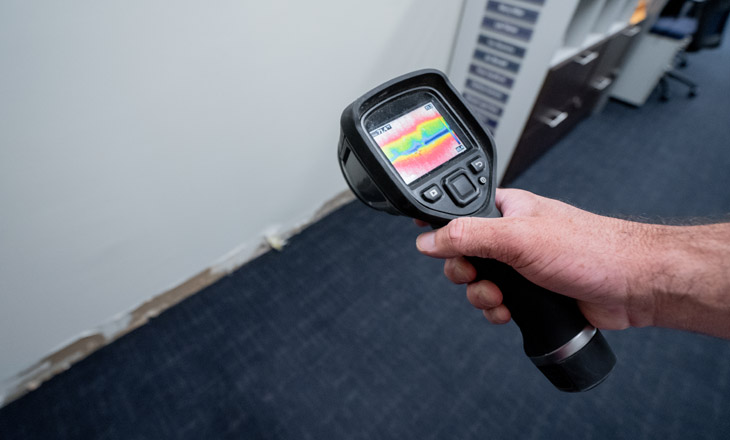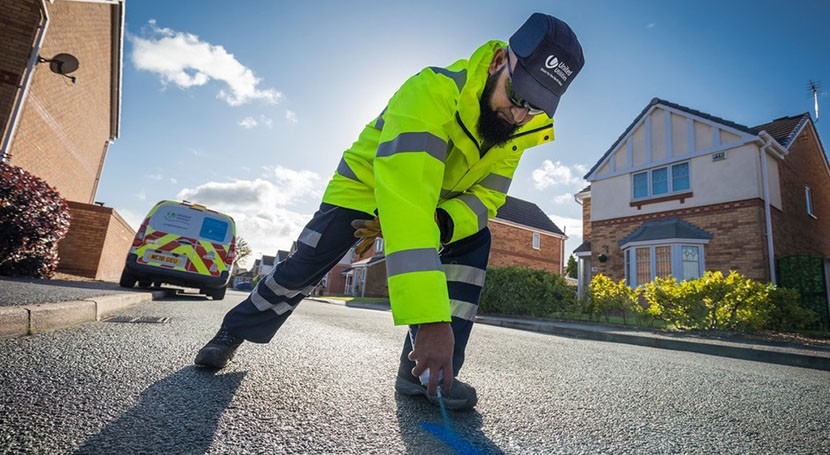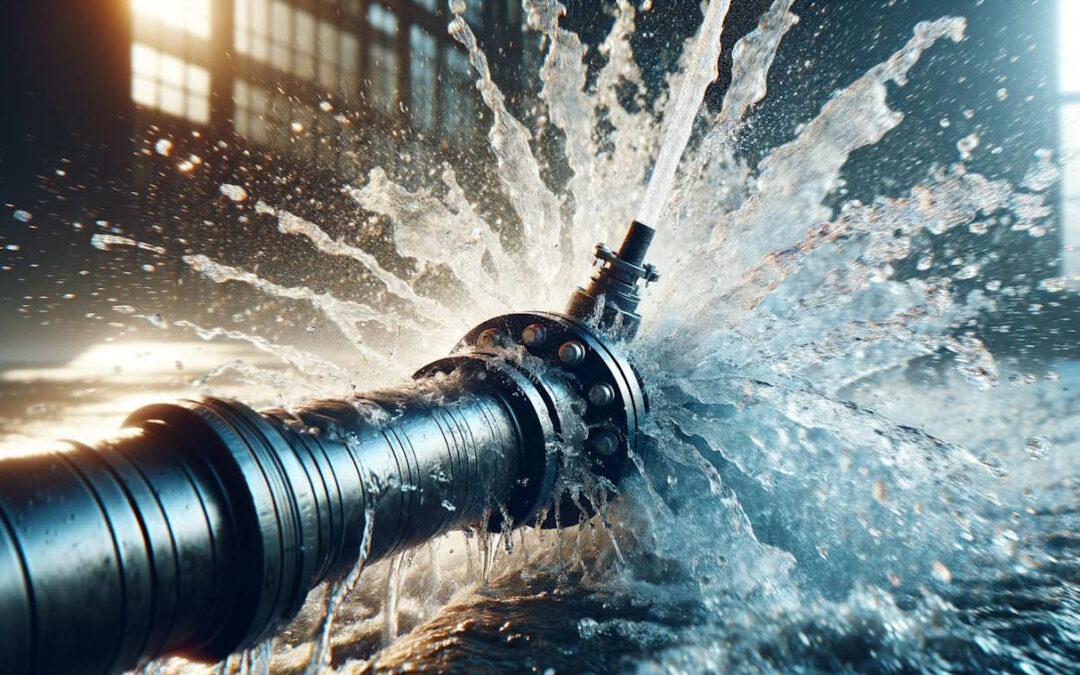Leading Water Leak Detection Methods to Safeguard Your Home from Water Damage
Leading Water Leak Detection Methods to Safeguard Your Home from Water Damage
Blog Article
Ingenious Solutions for Early Detection of Water Leakages in Buildings and Infrastructure
As the honesty of buildings and framework is critical, the obstacle of early discovery of water leakages has spurred innovative options that promise to reinvent the way we secure versus prospective damages. From innovative leak detection modern technologies to the deployment of IoT sensors for real-time surveillance, the landscape of leak avoidance is developing quickly. Artificial intelligence formulas supply a peek into the future of leakage forecast, while thermal imaging provides a non-intrusive approach for pinpointing covert leakages. Automated water circulation evaluation systems are reshaping how leakages are recognized and addressed, paving the method for a positive strategy to water leak discovery. Each of these options holds the vital to ensuring the dependability and durability of our developed atmosphere, motivating a change in the direction of an extra lasting and reliable future.
Advanced Leakage Discovery Technologies
Advanced leakage detection modern technologies, outfitted with sophisticated sensors and algorithms, play a crucial function in promptly identifying and determining water leaks in various setups. Electromagnetic sensors can determine adjustments in electro-magnetic fields caused by water, providing yet another layer of leakage detection capacity.

IoT Sensors for Real-Time Monitoring
In the world of modern-day water leakage discovery, the integration of IoT sensors for real-time surveillance stands for a pivotal development in improving aggressive leakage discovery capabilities. These sensors provide constant surveillance of water supply, giving real-time information on water circulation rates, pressure variations, and temperature level changes. By leveraging IoT technology, these sensing units can discover even the tiniest abnormalities in water usage patterns, enabling very early recognition of prospective leakages prior to they rise right into significant issues.
IoT sensing units transfer information to a centralized platform, where advanced algorithms analyze the information and produce signals or notifications when irregularities are discovered. This real-time tracking capability allows homeowner or facility managers to promptly address leakages, lessening water damage, lowering repair prices, and saving water resources.
In addition, IoT sensors can be incorporated with structure administration systems, enabling automated reactions to discovered leaks, such as turning off water valves or turning on pumps to minimize the effect of leaks. Overall, the execution of IoT sensors for real-time surveillance significantly boosts the efficiency and performance of water leakage discovery in structures and facilities.
Equipment Understanding Algorithms for Leak Forecast

One secret advantage of utilizing machine learning for leakage prediction is its ability to continually discover Get the facts and improve its precision in time. As even more data is collected and fed right into the algorithm, it can refine its forecasts and adapt to altering conditions, eventually increasing the integrity of leak discovery systems.
Furthermore, artificial intelligence algorithms can aid in determining subtle indicators of leaks that might go undetected by standard monitoring techniques. water leak detection. By analyzing intricate data sets in real-time, these formulas can give very early cautions and informs, enabling timely intervention and preventive maintenance to minimize possible water damage and connected prices
Utilizing Thermal Imaging for Leak Detection
Thermal imaging modern technology offers an appealing technique for spotting water leaks in various systems and frameworks. By making use of infrared radiation and temperature level variations, thermal imaging video cameras can determine hidden leaks that are not easily visible to the nude eye.
Among the key advantages of thermal imaging for leakage detection is its non-intrusive nature. Unlike conventional techniques that might require burglarizing wall surfaces or floors to find leakages, thermal imaging enables non-destructive screening. This not only conserves time and lowers prices however also lessens disruption to the building or infrastructure being assessed. Furthermore, thermal imaging can promptly scan huge locations, offering an extensive summary of prospective leak sources in a prompt way. Generally, the usage of thermal imaging technology improves the performance and precision of water leak discovery, making it a valuable tool for maintaining the integrity of structures and frameworks.
Automated Water Flow Evaluation Systems
Just how can computerized water circulation evaluation systems reinvent the discovery and management of leakages in different systems and frameworks? Automated water circulation analysis systems use an aggressive method to leakage detection by constantly keeping an eye on water flow prices and patterns. By developing baseline information, these systems can promptly determine variances that might show a leakage, enabling punctual treatment to stop extensive damages.
These systems utilize sophisticated algorithms to evaluate real-time information and give instant informs when abnormalities are detected, enabling quick activity to be taken. Furthermore, automatic water flow evaluation systems can be integrated with structure monitoring systems or IoT website link platforms, boosting general performance and allowing remote surveillance capacities.
Furthermore, the data accumulated by these systems can be used for anticipating upkeep purposes, assisting to determine prospective weak factors in the infrastructure before leaks take place. Overall, the execution read here of computerized water circulation analysis systems can dramatically enhance leak detection and administration techniques, eventually resulting in cost savings, minimized water waste, and raised sustainability in buildings and framework.

Conclusion
Finally, the assimilation of innovative leakage detection technologies, IoT sensing units, machine learning formulas, thermal imaging, and automated water circulation evaluation systems uses innovative services for early detection of water leaks in structures and framework. These modern technologies make it possible for real-time tracking, forecast of leaks, and reliable detection approaches to protect against water damage and wastefulness. Implementing these services can help in maintaining the stability and sustainability of water systems in numerous setups.
Report this page